Sections
Latest
Let's learn how to read the clock and ask for the time, in German.





Let's learn how to ask for and tell the time in German. There are a few expressions and important words to learn, but once you have them memorised, you'll be ready to make appointments and schedule meetings without a problem!
For this lesson, you will need to know the German numbers 1-60. For a refresher on this topic, you may turn back to the previous article on German numbers. Otherwise, read on!
Let's begin, with a couple important, time-related words:
You might use them like this:
Okay, great. Let's continue.
Die Uhrzeit (clock time) only refers to time as represented on the clock,
whilst die Zeit (time) may also refer to the passage of time or a measurable
period in general.
Now, let's learn how to ask for the time, using the words we have just learned.
The German word Uhr does not only refer to a clock (object), but also to o'clock.
With this in mind, Wie viel Uhr ist es? literally means: How much o'clock is it?
Now, let's turn our attention to reading the time in German. This is where things get a little more complicated, with more vocabulary to learn.
Though, not quite yet!
In order to tell the time to the hour, we just need the word Uhr again!
Note that in German, there is no AM or PM, although the words morgens, mittags and abends can be used to refer to a certain time period in the day.
These words may be used like so:
However, in German, we may also read the time to the hour as measured in 24 hours.
So, 3pm can be referred to simply as fünfzehn Uhr, or 8pm as zwanzig Uhr.
What time are the clocks below describing?
Click on the grey bars, to reveal the correct answers.
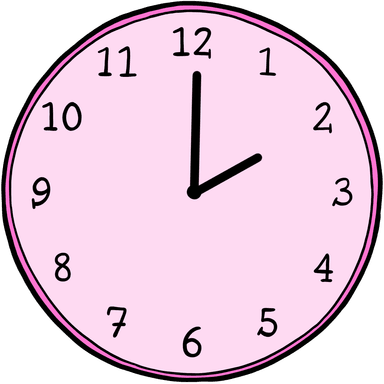
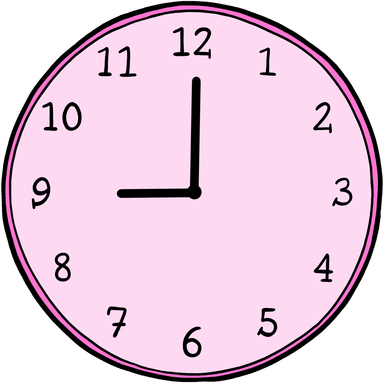
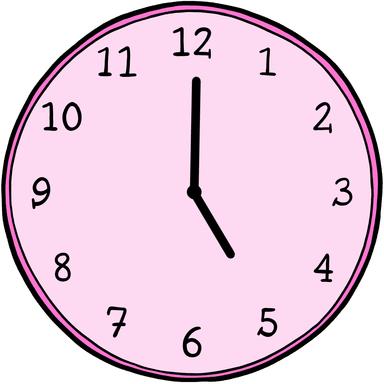
One more helpful word to learn, here:
The word gegen can be used to describe a rough reading of the time:
Well done! 🎉
You now know how to tell the time to the hour.
Let's continue, by getting a little more specific.
In English, we may say something like 'half past two', to refer to the time: 2:30.
In German, we may say something like 'halb zwei'. However, this refers to the time 1:30. This might be a little confusing at first, but try to imagine what halb zwei or, literally, half of two o'clock would look like on a watch face.
Hopefully the most intuitive answer that comes to mind is two o'clock minus half an hour!
Halb zwei → half of two o-clock → half past one
When telling the time to the half hour, we read the time as measured in 12 hours. So, 10:30pm would be read as halb elf and not as halb zweiundzwanzig.
Here are some illustrations of a clock telling the time. What times are being shown here?
Click on the grey bars, to reveal the correct answers.
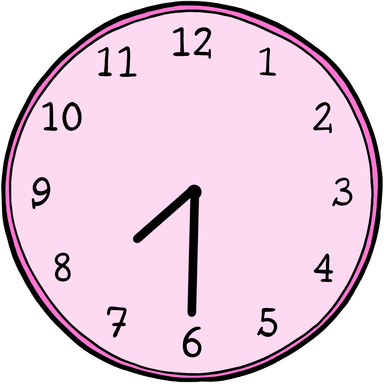
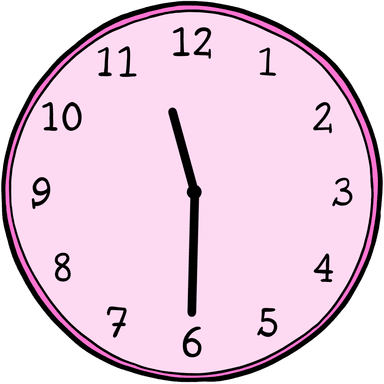
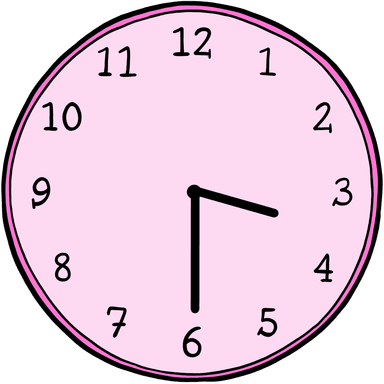
Much like how in English we make use of the words to and past to describe a quarter hour before or
after a certain time, we may use the German words vor and nach to do the same thing.
We may use these words like so:
When telling the time to the quarter hour, we read the time as measured in 12 hours. So, 10:15pm would be read as viertel nach zehn and not as viertel nach zweiundzwanzig.
Here are some more illustrations of a clock telling the time. What times are being shown here?
Click on the grey bars, to reveal the correct answers.



Lastly, we may also tell the time to the minute:
We may also use the words vor und nach here, too:
What times are being shown below?
Click on the grey bars, to reveal the correct answers.
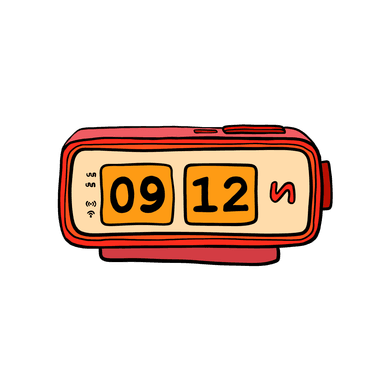
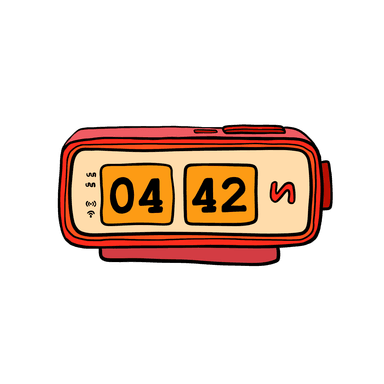

Well done 🎉! You have learned how to tell the time, in German!
Here are some more helpful words to learn, as you gain confidence in reading the clock.
Well done! 🎉
You have completed this lesson. When you're ready, let's move on to the next one: Asking Questions.